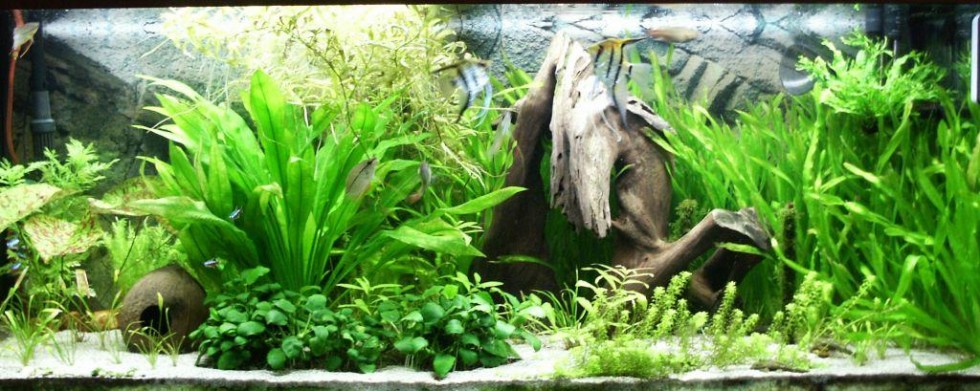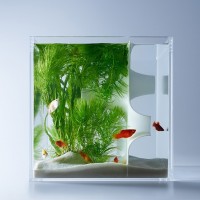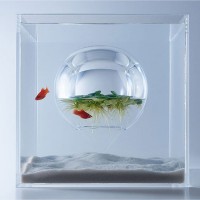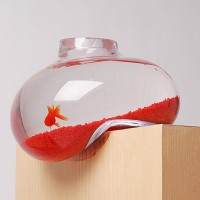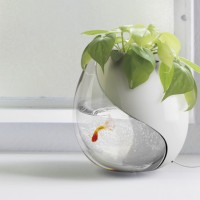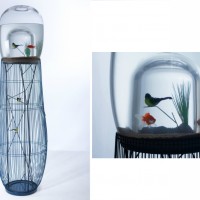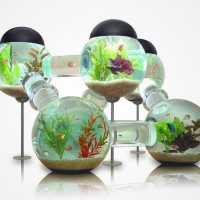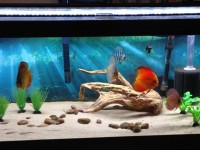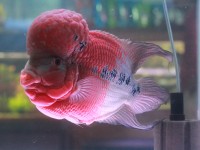Fish are frequently seen as no-fuss pets ideal for kids. It’s true, that fish don’t require much attention every second, yet aquarium set up and maintenance does need some care. Aquarium checklist in this article is created to ensure that you set up a proper aquarium for your fishes so that they feel happy and healthy in your home. Remember that there is no worse experience for kids than burying a home pet, so don’t lead to it and set up a proper home for your new fishes.
Aquarium checklist
- aquarium + stand
- lid + light
- filters
- air pumps
- thermometer + heater
- plants
Aquarium + stand
It’s a common misconception about aquariums that the smaller the units, the easier it is to take care of them. In reality, cleaning of aquariums of all sizes doesn’t take much time and effort, while it’s much easier to keep water chemistry stable in larger units. Besides that, many parents believe that the number of fish an aquarium can fit directly corresponds to the unit volume, which is not the case. It is the shape that influences most (for instance, some fishes live only at the bottom so making the aquarium higher won’t make any difference).
The stand for your aquarium can be either customized or adopted from any piece of furniture in your home. The important point here is to ensure that the stand can support the tank’s weight to its fullest. If you’re not sure about the stand, consult aquarium professionals beforehand. For homeowners living in older homes and planning to put their tanks above the ground floor, it’s highly advised to ensure that home construction as it is will be able to withstand the aquarium tank.
Once the preparations are finished, level up the stand and the tank to avoid spilling and breakage of the whole system. For better cohesion between the stand and the fish tank, experts advise putting a 1/4 inch sheet of styrofoam between them.
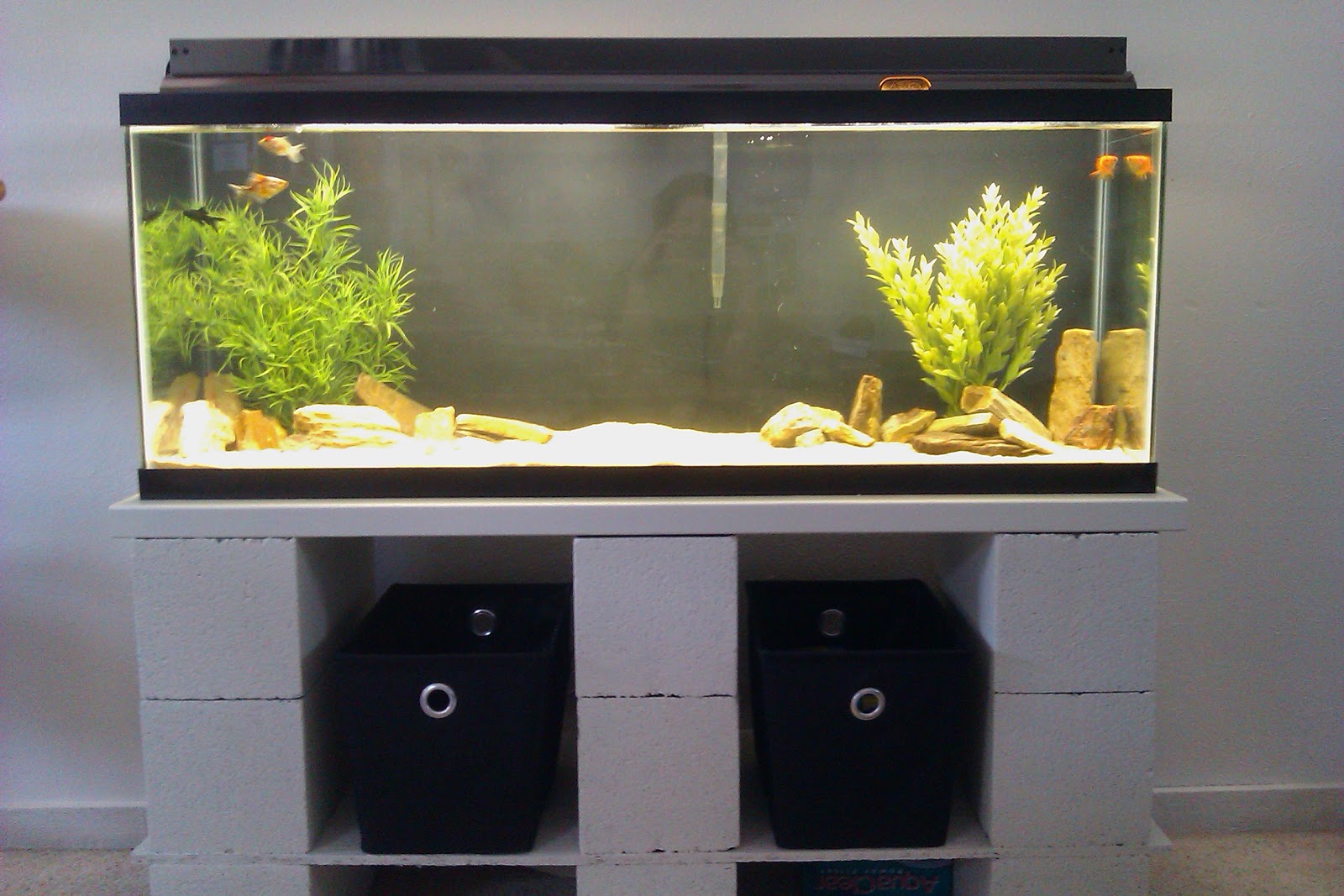
Lid and light
A lid is required to reduce water evaporation and prevent your fish from accidental jumping out of the tank. A good lid would seal the tank. There are two basic lid styles: full and partial.
Full hoods include built-in light (1 or 2 parallel fluorescent light tubes) and the hood itself as a single unit. Such lids are OK if you have fish only; this light is frequently not enough for the growing plants.
The second type of lids is glass “canopies.” They cover the tank with two glass strips that are connected by a plastic hinge. In this case, you will need to purchase lightning additionally. The glass canopies are advised aquarium checklist item for tanks with both fish and plants.
There are two purposes for light in a fish tank: to show the fish true colors and to help plants grow. The former purpose requires a single low-wattage fluorescent bulb, while the latter requires special fluorescent bulbs (it’s highly advised to consult an expert before buying the light).
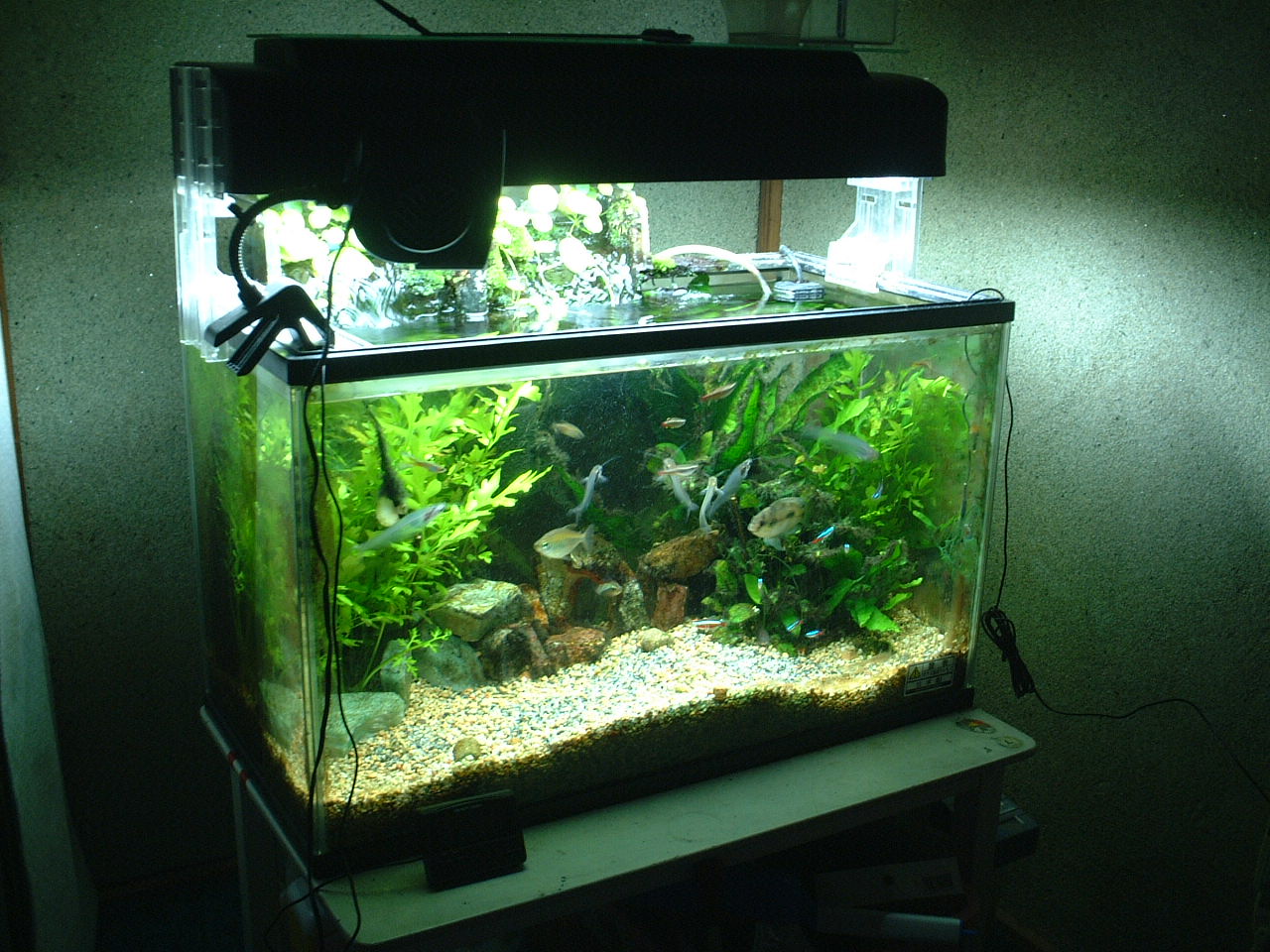
Filters
Depending on the aquarium checklist you received after consulting with an expert, you may face the choice among biological, mechanical, and chemical filters.
-
Biological
This filtration decomposes any toxic ammonia produced by the fish as waste products. This is an OBLIGATORY filter for ALL fish tanks.
-
Mechanical
Mechanical filters trap uneaten food, plant leaves, etc. The particles are then collected in one place so you can remove them before they decompose into ammonia.
-
Chemical
Chemical filters help removing ammonia, dissolved organics, heavy metals, etc. This happens due to the absorption and exchange processes. As a rule, chemicals are advised for short-term problems, such as removal of medications or purification of tap water. Generally, healthy tanks don’t need any chemical filtration whatsoever.
In terms of maintenance, you need to check the filters regularly, especially mechanical units. If you miss the point of particles decomposition, you risk getting the aquarium infected. Moreover, if you don’t clean the filter, it becomes useless after some time.
Air pumps
Air pumps are needed to literally bubble air through the tank. This unit supplies water with the required amount of oxygen. If your aquarium maintains adequate water movement and surface agitation, then you can cross out air pump from your aquarium checklist. Another function of air pumps is to force water through the filter. It is advised to install air pumps for larger aquariums where still water might be the case.
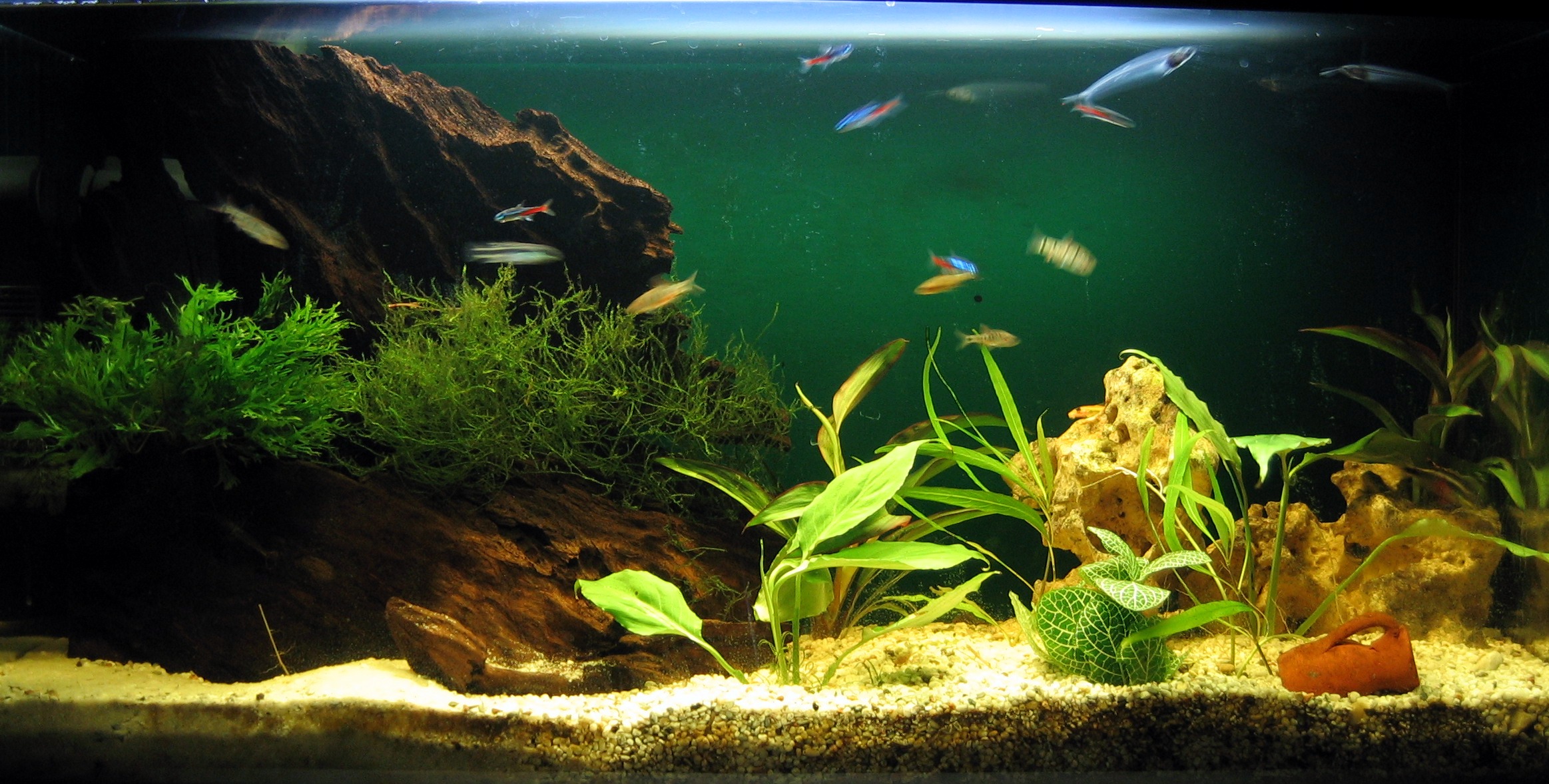
Thermometer + heaters
A thermometer is required to monitor and control water temperature in a fish tank. However, not always you may need it. Experts say that thermometer is obligatory for aquarium checklist in case you plan to have tropical fishes. Should you go with local species, the thermometer can be postponed.
Aquarium heaters help to keep the water temperature at a constant level to provide fishes with a comfortable habitat. For most tropical fishes, a water temperature of 78F is perfect. Heaters are divided into submersible and traditional. Submersible units stay completely below the water, while traditional ones have a partially submerged glass tube with the heating coils (in this case all controlling elements are above the water). Aquarium professionals advise choosing submersible heaters because they can be placed horizontally along the tank’s bottom and so uniform the temperature. If you purchased the traditional heater, then ensure to unplug it before changing the water (otherwise the overheating of the coil tube is an issue; as a result, the glass may break on the contact with the cool fresh water).
And a little tip: choose the heater appropriate for your fish tank size. Extensive unit size may lead to water overheating and, as a result, to the fish death.
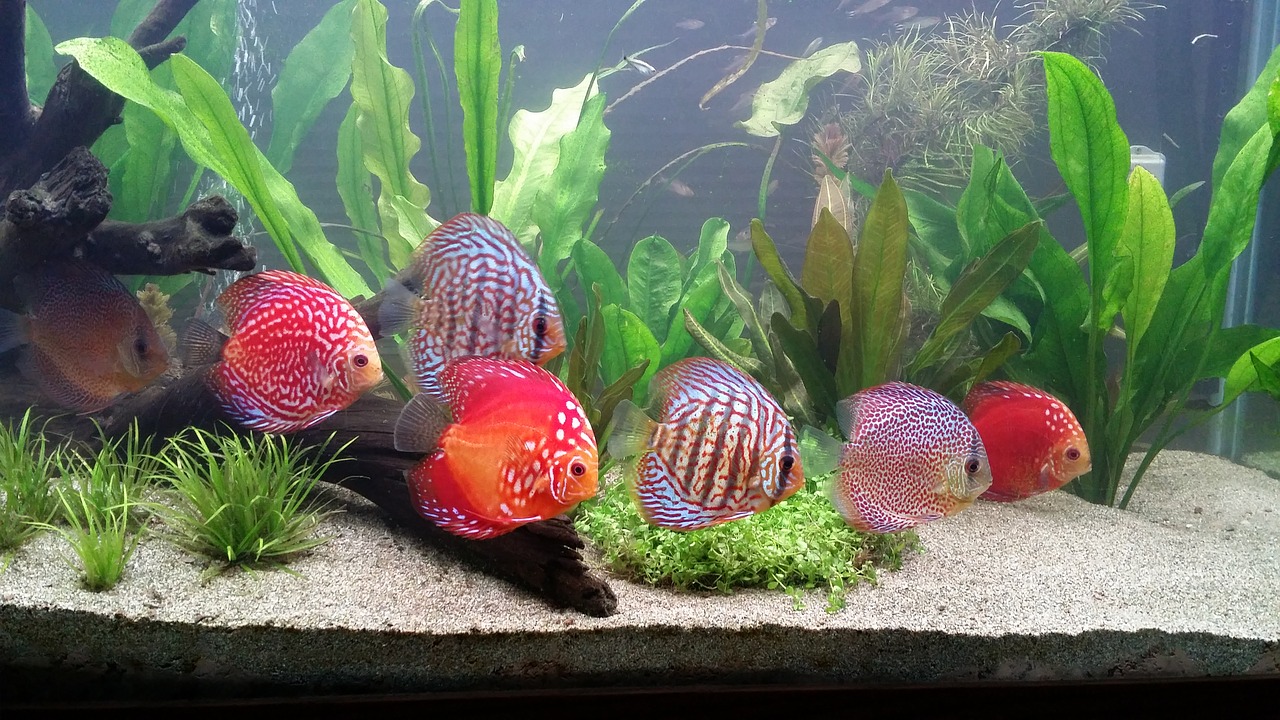
Plants and gravel
Plants can be natural and plastic. Either is required to give your fish hiding places and provide additional décor for the fish tank. Plastic plants are easier to maintain, yet experts, of course, advise going with natural plants to make fish living conditions as close to the natural as possible.
Gravel is required for aesthetic and functional purposes. First, it makes any aquarium nicer and more natural. Second, it is mandatory because gravel works as a natural filter. Third, it is a substrate for plants. Color and kinds of gravel are completely up to the fish tank owner, yet keep in mind that darker colors highlight fish colors.
Aquarium professionals advise choosing usual gravel from patio stores (because the special tank ones cost about $1 per pound). You can also use clean sand as aquarium gravel. Don’t, however, look at coral, sea shells, dolomite, and limestone gravels because they raise pH buffering capacity by leaching carbonates into the tank. And at all times wash the gravel thoroughly before putting it into the aquarium. Remember not to use any chemicals! Just rinse clean water through it until the water is clear.
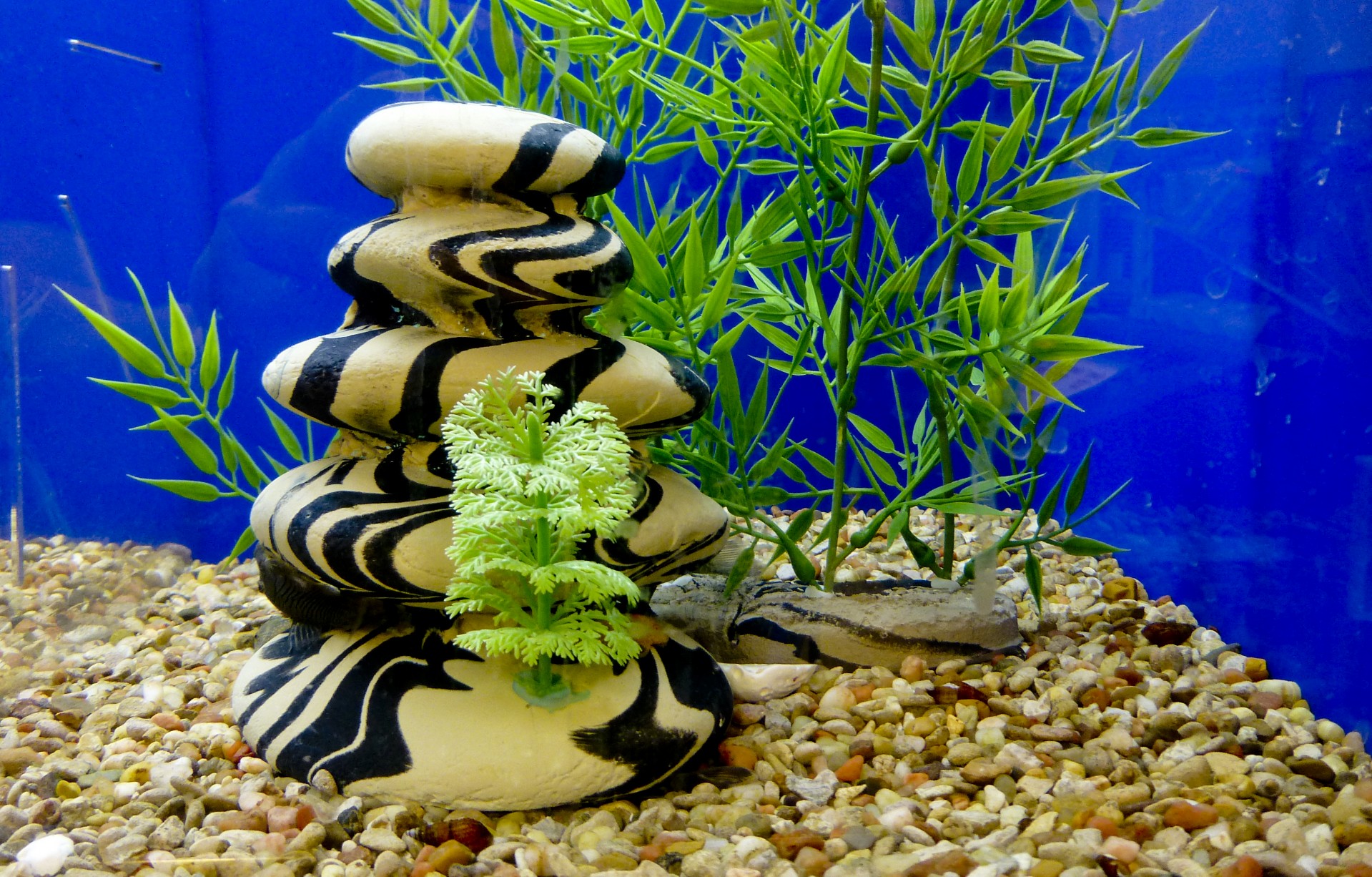
Additional aquarium checklist
The items described above are essential to set up the aquarium, however, you will need additional equipment for cleaning the fish tank. Here is a shortlist of the required items (you can read more in our article on the topic):
- water conditioner
- fishnet
- test kit
- algae scrubber
Setting up an aquarium at home is not a complicated process but it requires some time and preparations. Make sure that you follow our aquarium checklist not to forget anything essential and to provide your new pets with the best habitat ever!
P.S. Here are several pictures of unusual aquariums to help you get inspired and prepared. Enjoy!
We thank Pinterest for the provided images.
